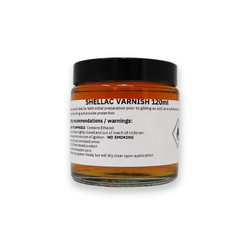Simon
A very impressive piece of design, manufacture and of course modelling
Well done and thanks for making the chairs available to home modellers, as I do fear for the future of home build track with the ever increasing cost components.
JohnSimon
Unfortunately Colron don't seem to produce their solvent based dyes any more. They moved to water soluble which doesn't soak in as well. I have some Rustin's solvent based to try. I also have some potassium permanganate crystals which were recommended to me.
Regards
John Walker

@John Walker @Hayfield1Simon
Unfortunately Colron don't seem to produce their solvent based dyes any more. They moved to water soluble which doesn't soak in as well. I have some Rustin's solvent based to try. I also have some potassium permanganate crystals which were recommended to me.
Regards
John Walker

@simondYes, more difficult to do in CAD. The four are different, but having different orientations on adjacent chairs would be more work that I care for!
And they are quite small…

I guess they didn’t need to tighten the fang bolt nuts very often. I’d have been a grumpy granger if I’d had to carry two spanners…
thanks Martin,@simond
Hi Simon,
Just to say that the GWR used through-bolts with nuts on top only on plain track.
In pointwork they used flat-top square-head chair screws inserted from above instead (in the same chairs). They were used directly in the chair holes, unlike REA chairs where a raised boss and tapered ferrule is used.

(screws!)
This means that strictly speaking for GWR S1 ordinary chairs you need 2 versions of the CAD -- one with the end of the bolt protruding through the nut, and one with a flat top.
cheers,
Martin.





Hi Dave,Since the check-rail chairs are printed with the timber, how do you get the (presumably pre-shaped) check-rails into position without fracturing anything?
Dave
DaveSince the check-rail chairs are printed with the timber, how do you get the (presumably pre-shaped) check-rails into position without fracturing anything?
Dave
There will be a demonstration with the plug track at Scaleforum next weekend, 21st & 22nd September.





I invested hours in learning about Plug Track…. Now I’m going to have to learn about COT track.
looks great!
Simon

You need Cot track for dummies then.
Tony
